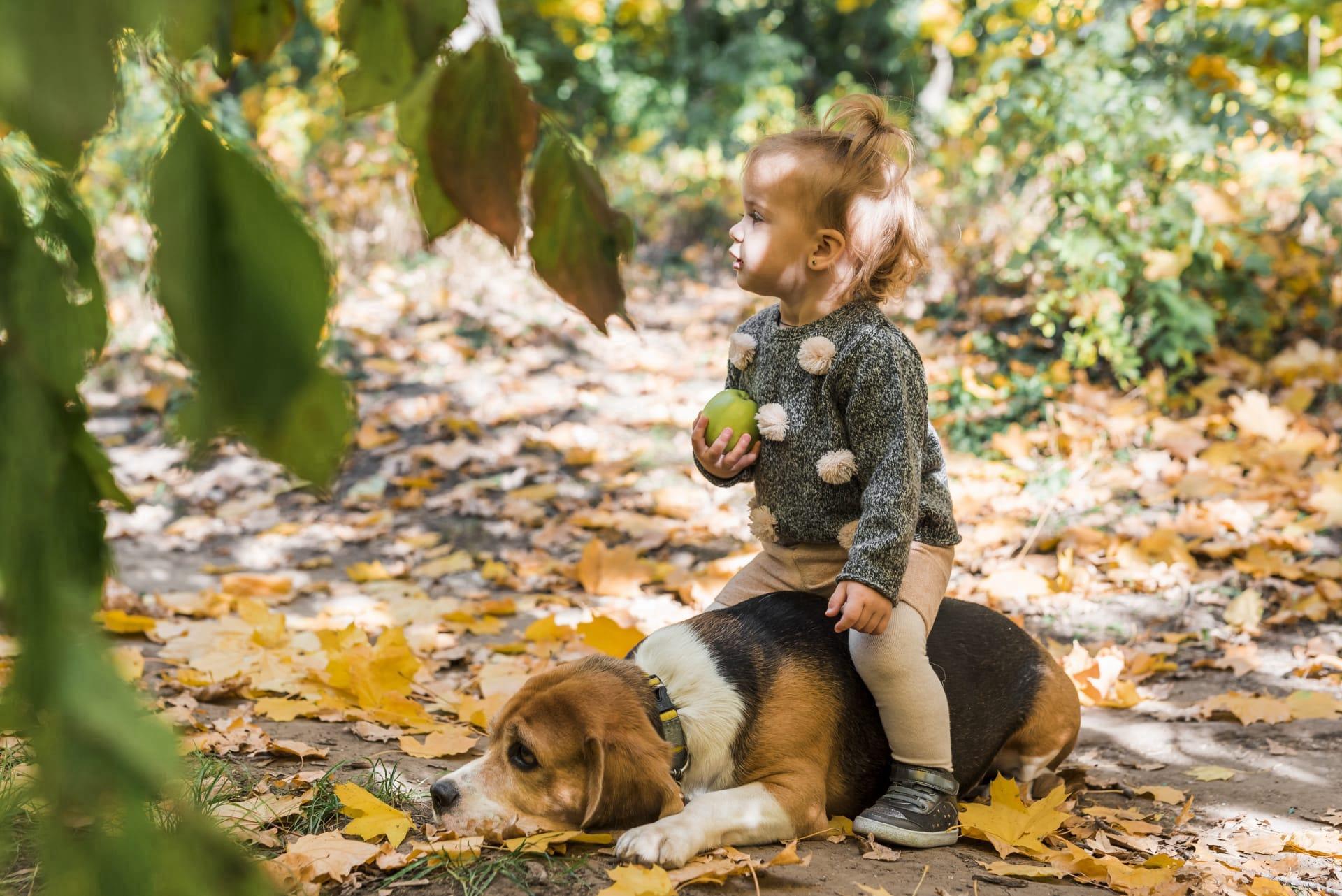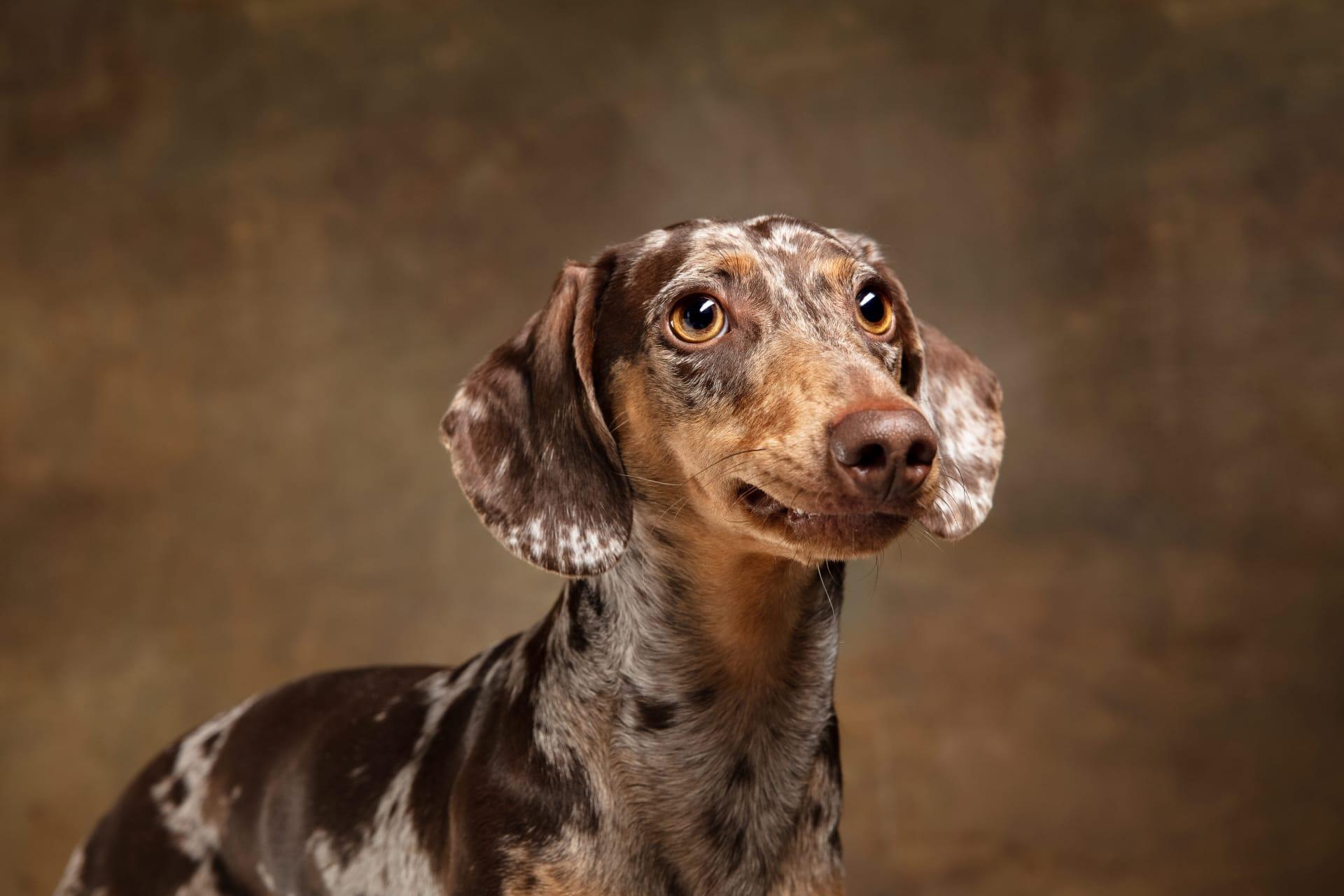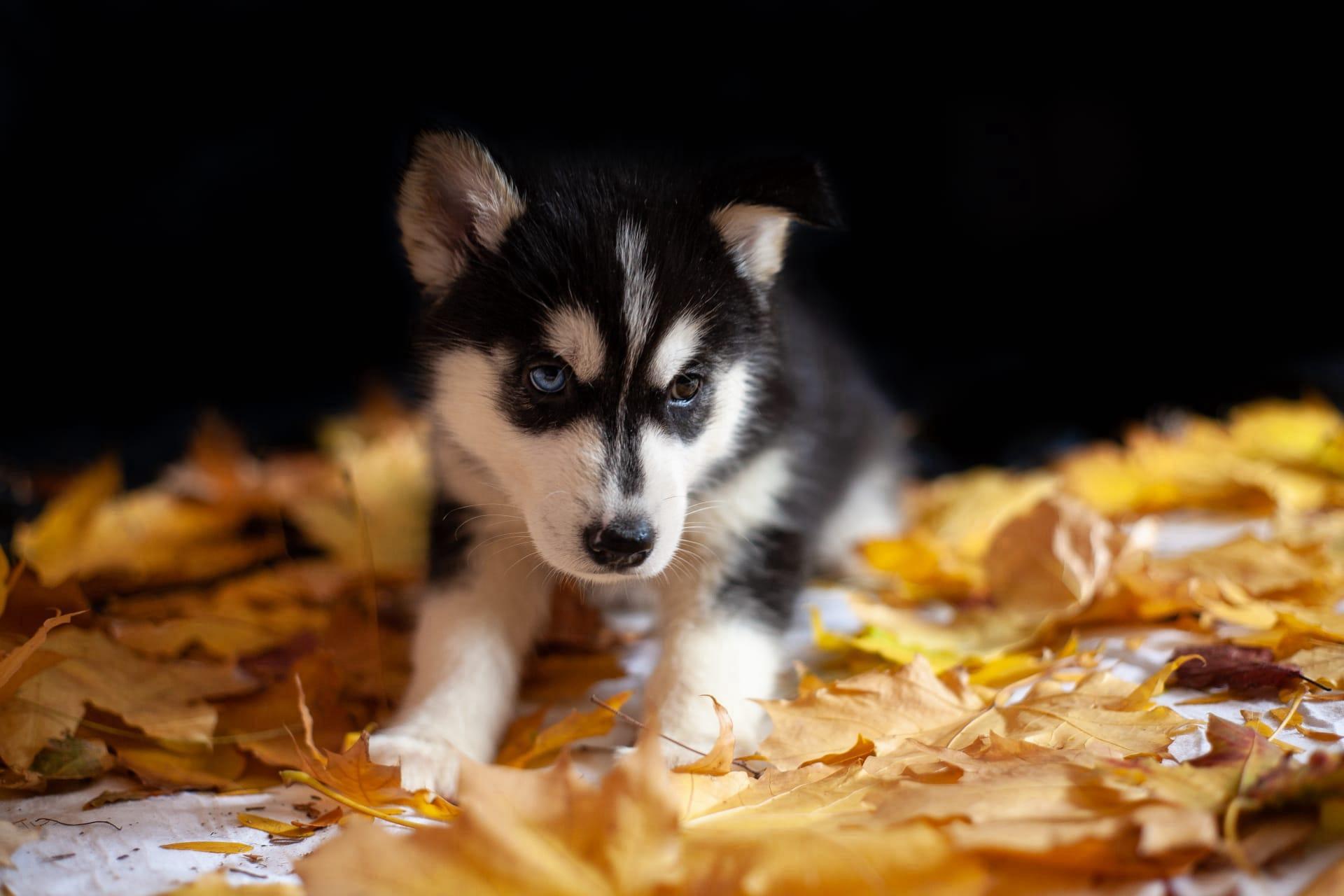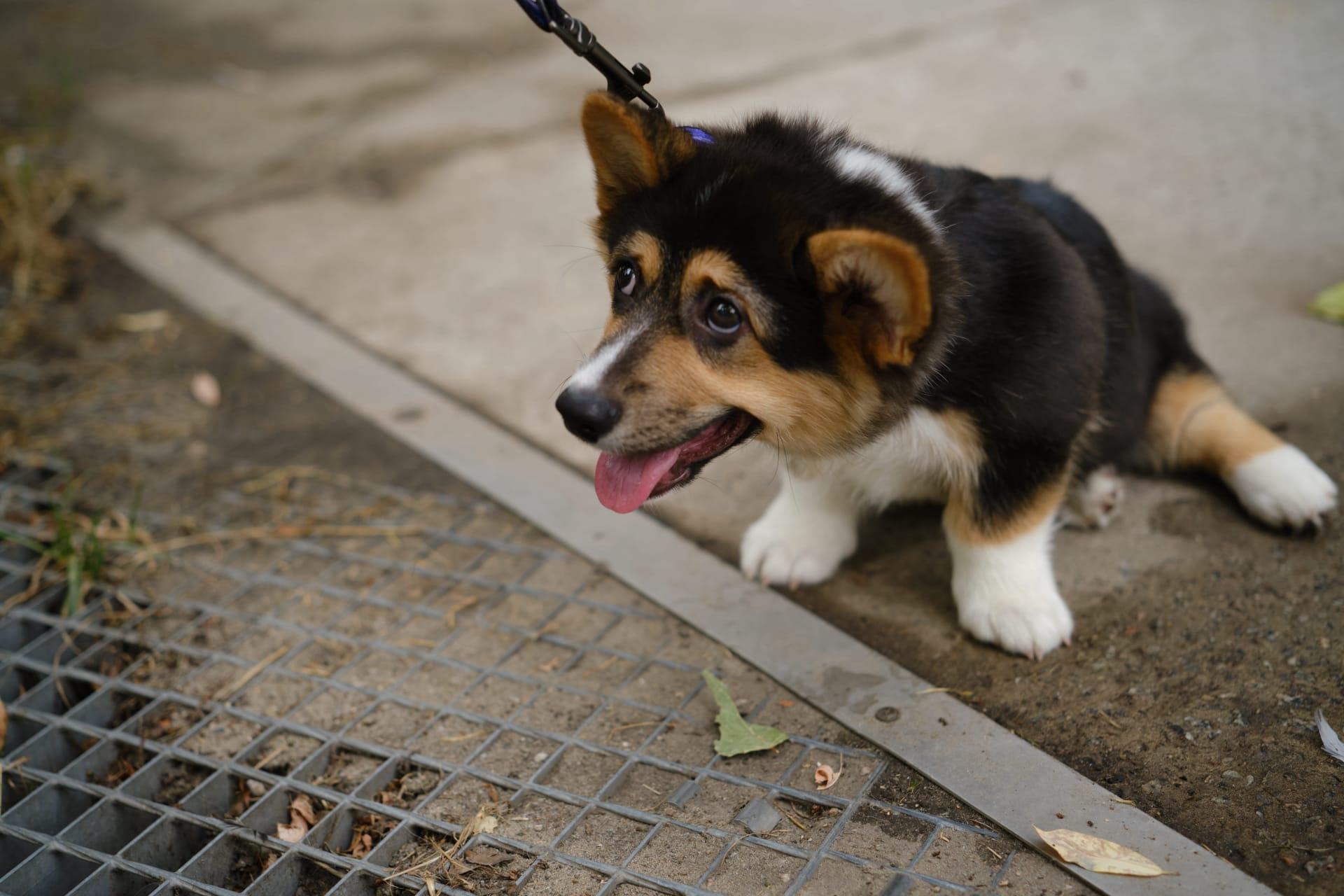Dog Characteristics
- Home /
- Mini Encyclopedia /
- Animal /
- Dog Characteristics
1
Dogs, known for their diversity, range in size from tiny Chihuahuas barely weighing 2 pounds to towering Great Danes that can reach 200 pounds. Their lifespans vary too, with smaller breeds often living up to 15 years or more, while larger breeds may have a shorter lifespan of about 8 to 10 years. It's not just their size that's versatile; their fur comes in various colors and textures, from the sleek, short coat of a Beagle to the fluffy, thick fur of a Samoyed.
One of the most remarkable organs in dogs is their nose. A dog's sense of smell is about 10,000 to 100,000 times more acute than ours. This incredible ability is thanks to their 300 million olfactory receptors, compared to a human's mere 5 million. Furthermore, the part of a dog's brain dedicated to analyzing smells is about 40 times greater than ours. This makes them excellent in detection roles, like sniffing out drugs, explosives, and even diseases like cancer in humans.

2
Question: Why do dogs have wet noses?
Answer: Dogs' noses are often wet due to a thin layer of mucous that is secreted. This moisture helps them absorb scent chemicals. When a dog licks its nose, it's essentially tasting the scent to understand it better. This unique feature enhances their already incredible sense of smell. Additionally, the wetness helps regulate their body temperature, as the evaporation of the moisture aids in cooling them down.

3
Dogs are naturally athletic and agile creatures. Many breeds can reach impressive speeds, with the Greyhound being the fastest, capable of running up to 45 miles per hour (mph). Besides speed, dogs possess great stamina and agility. Border Collies, for example, are known for their endurance and are able to herd animals for hours without tiring.
In terms of hunting and predation, dogs have evolved to be efficient hunters. They usually rely on a combination of speed, stealth, and strength. Breeds like the Siberian Husky retain a strong prey drive, evident in their chasing and catching instincts. Their sharp teeth and strong jaws are perfect for gripping and holding prey, while their paws, equipped with non-retractable claws, provide traction for swift movements.

4
Dogs are incredibly adaptable to various environments, thriving in rural, suburban, and urban settings. They've been domesticated and bred for specific roles, from herding in countryside farms to being loyal companions in city apartments. Despite their adaptability, they require adequate space, exercise, and mental stimulation to maintain their health and happiness.
Reproduction in dogs is influenced by breed, size, and health. On average, a female dog reaches sexual maturity around six months to a year of age and can have two litters per year. Litter sizes vary, with smaller breeds typically having 1-4 puppies, while larger breeds can have up to 12 puppies in a litter. Selective breeding over centuries has resulted in a wide variety of breeds with distinct physical and behavioral traits.

5
Book: "The Intelligence of Dogs" by Stanley Coren, published in the United States in 1994, offers a comprehensive look at canine intelligence. Coren, a psychology professor and dog trainer, explores the mental abilities of dogs, their learning capacity, and the unique bond between dogs and humans. He also ranks breeds based on their intelligence and provides insights into training and communication.
Book: "Inside of a Dog: What Dogs See, Smell, and Know" by Alexandra Horowitz, released in 2009, provides an intriguing perspective on the world from a dog's viewpoint. Horowitz, an American cognitive scientist, delves into how dogs perceive their environment, interpret human behavior, and use their extraordinary senses. The book combines scientific findings with personal stories, shedding light on the inner lives of dogs.